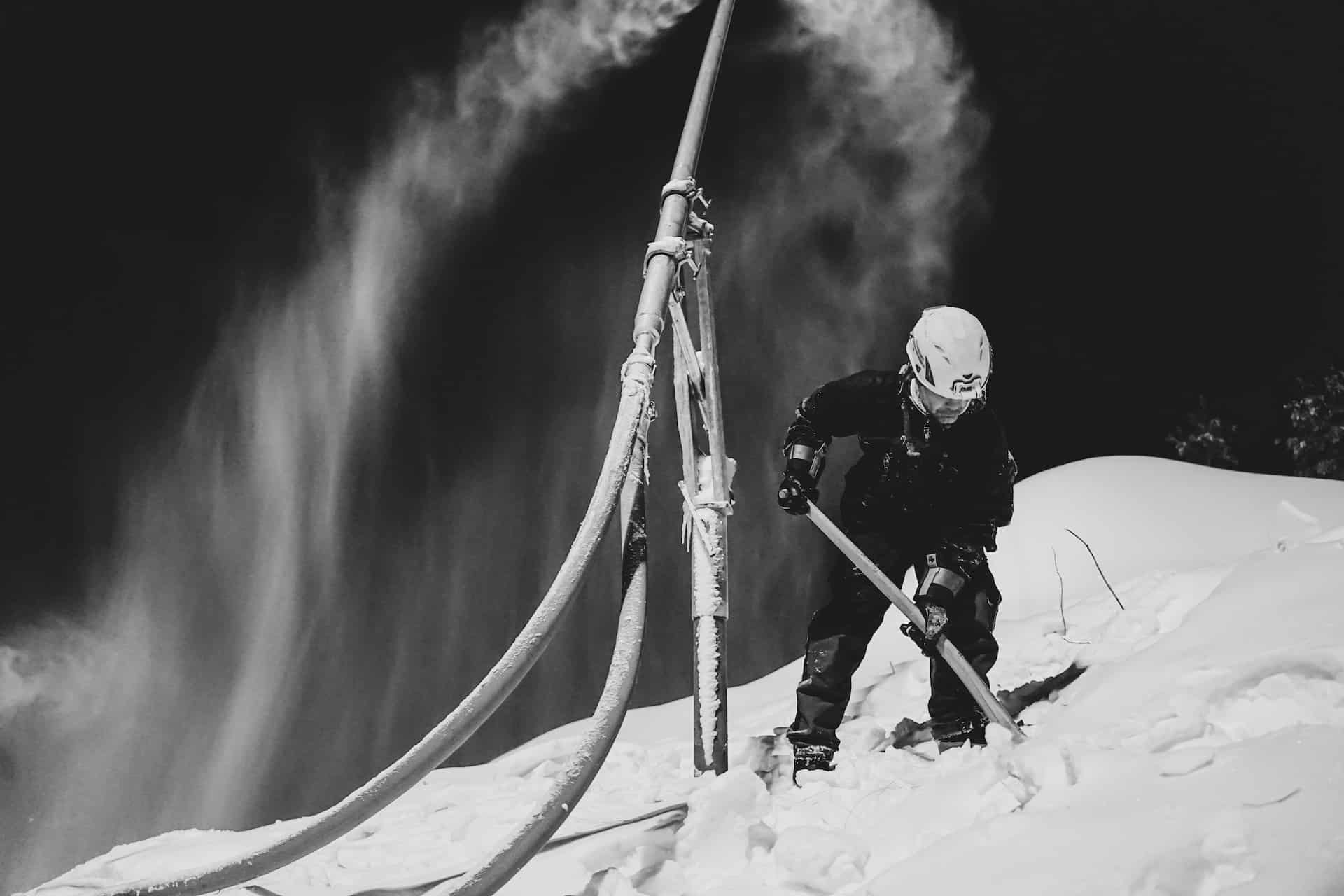When winter rolls in, the plummeting temperatures and adverse weather conditions can pose significant risks to employees, particularly those working outdoors. Therefore, choosing the right work clothing is not just about comfort, but more importantly about safety and performance. In this guide, we will provide some essential tips on winter work clothing to help keep employees warm, protected, and able to perform their duties effectively even in the harshest weather conditions.
Layer Up For Optimal Insulation
Layering is a crucial factor when dressing for cold weather. By wearing multiple thin layers, you create insulation that traps warm air close to your body. Start with a moisture-wicking base layer to keep sweat away from your skin, then add an insulating middle layer such as a fleece or wool sweater, and finally, a waterproof and wind-resistant outer layer to protect against weather elements.
While layering, avoid tight-fitting clothes that can restrict your movement. Also, it’s important to choose materials that are breathable to prevent overheating. When it’s exceptionally cold, consider adding an extra insulating layer or a heated vest under your outer garment for additional protection. When comes to winter gear, it’s all about finding the right balance between warmth and comfort. It’s also a good idea to invest in high-quality, durable clothing that can withstand harsh winter conditions.
Protect Your Extremities
Your hands, feet, and head are most susceptible to cold injuries like frostbite. Therefore, protective accessories like insulated gloves, thermal socks, and warm hats or hoods are a must. Ensure your gloves are not only warm but also allow enough dexterity to perform tasks effectively.
Choose boots with non-slip soles to prevent slips and falls on icy surfaces. Opt for lined, waterproof boots that have enough room for thermal socks without becoming too tight. For head protection, a thermal liner under your hard hat can provide significant warmth without compromising safety.
Choose High-Visibility Clothing
Winter weather often comes with reduced visibility due to factors like snow, sleet, and early dusk. Wearing high-visibility clothing with reflective materials can help ensure you’re seen by co-workers, vehicles, and machinery, reducing the risk of accidents.
It’s not uncommon for high-visibility garments to be lightweight and less insulated, so consider wearing them as an outer layer over more insulating clothing. Alternatively, seek out high-visibility winter clothing designed with built-in insulation and waterproofing.
Stay Dry to Stay Warm

Staying dry is just as important as staying warm when working in cold conditions. Wet clothing loses its insulating properties and can rapidly increase heat loss, leading to hypothermia. Opt for waterproof or at least water-resistant outer layers to protect against snow, rain, and sleet.
Also, remember to manage sweat effectively. Moisture-wicking base layers can help pull sweat away from your skin, keeping you dry and warm. If you’re engaged in strenuous activity, take breaks as needed to cool down and prevent excessive sweating.
In conclusion, winter work clothing is essential to keep employees safe and comfortable during the colder months. By layering up for insulation, protecting extremities, choosing high-visibility gear, and staying dry, workers can effectively combat the harsh winter conditions and continue performing their duties without compromising safety or performance. Remember to regularly inspect and replace worn-out winter gear to ensure optimal protection for your employees.
